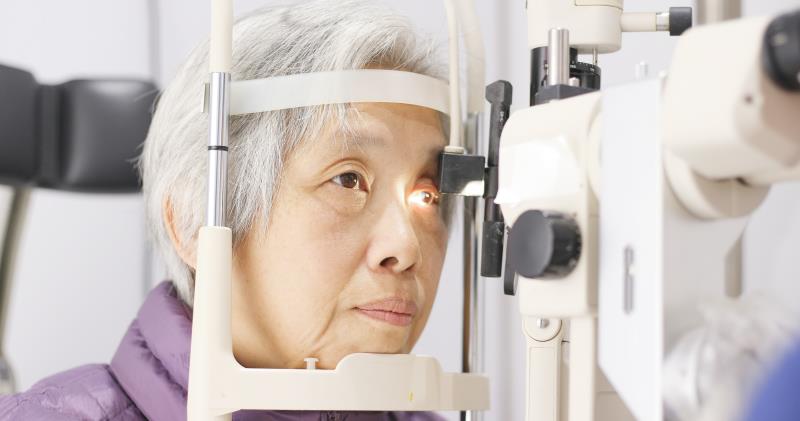
Home-monitoring vision tests appear to have insufficient accuracy for detecting active neovascular age-related macular degeneration (nAMD), according to a study.
Researchers assessed the performance of three vision home-monitoring tests in detecting active nAMD as opposed to diagnosing active nAMD at hospital follow-up during the after-treatment monitoring phase. A total of 297 patients (mean age 74.9 years, 58.6 percent female), who had at least one eye first treated for active nAMD for at least 6 months, participated in the study.
The three home-monitoring tests evaluated were as follows: (1) the KeepSight Journal (KSJ)—paper-based near-vision tests presented as word puzzles, (2) the MyVisionTrack (mVT) vision-monitoring mobile app—viewed on an iOS-based device, and (3) the MultiBit (MBT) app—viewed on an iOS-based device.
All participants had to do the tests weekly, with the mVT and MBT scores transmitted automatically and the KSJ scores returned to the research office every 6 months. Raw scores between hospital follow-ups were summarized as averages.
A total of 259 participants (312 study eyes) completed at least one hospital follow-up, contributing to 1,549 complete visits. The median home-monitoring testing frequency was three times per month. The estimated area under receiver operating characteristic curve was less than 0.6 for all home-monitoring tests. Only the KSJ summary score demonstrated a correlation with lesion activity (odds ratio, 3.48, 95 percent confidence interval, 1.09–11.13; p=0.04).
The findings indicate that if any of the evaluated tests were implemented, with ophthalmologists only reviewing test positives, most active lesions would be missed, risking unnecessary sight loss, according to the researchers.